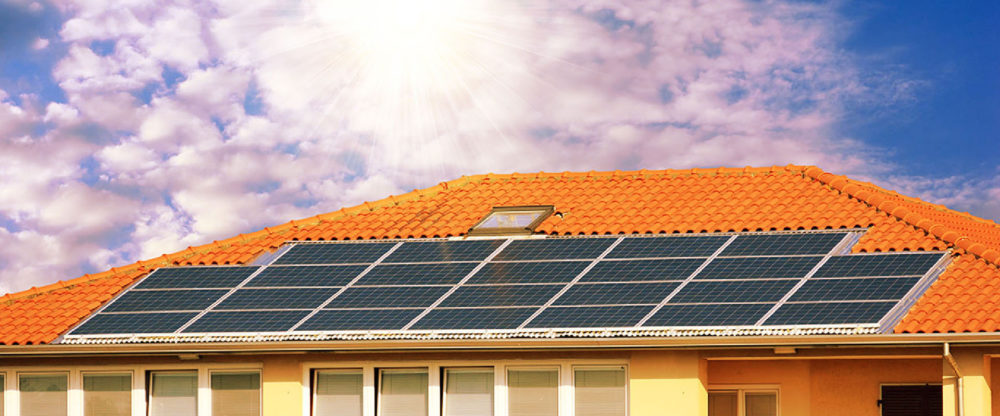Power from the “High Frontier” – China Plans to Launch Space-Based Solar Power Satellite

https://solarmagazine.com/high-frontier-china-to-launch-space-based-solar-power-satellite/
Chinese scientists have announced plans to construct and launch a solar power satellite by 2025. The Chinese version of the concept was first advanced in a joint paper released by the Chinese Academy of Sciences and the Chinese Academy of Engineering in 2010 and envisions solar panels covering 5 to 6 kilometers in area and weighing some 10,000 pounds. Power would be beamed back to earth-based solar antennas by microwave or laser beam.
Space-based solar power offers a number of advantages over the earth-bound panels. The sun is always shining in space. We only think it’s dark there and in reality, space is flooded with light with an intensity almost five times greater in space than on earth (the atmosphere, clouds, ozone and other factors cut the light that reaches us on the ground). Orbiting in geostationary space (22,300-22,800 miles above the earth), the satellite would only be darkened by earth’s shadow 1% of the time, defeating concerns about generating power at night.
Solar Power Satellites aren’t a new idea. The concept was first developed by Peter Glaser in 1969 and then patented in 1973. The work was further advanced by Eric Drexler (MIT) and Brian O’Leary (Princeton) in the mid 1970’s. Then as now, the biggest issue facing SPS was and is launch costs. Attention quickly turned to in-space manufacturing from raw materials mined on the moon and in the asteroid belts.
Their plans envisioned a power-sat covering 22 miles in area with structural elements assembled by “beam-builder” technology – dispensers extruding graphite/epoxy compound “tape” from spools used to form long beams and struts. Whether any satellite reaches that size or not, the structure of any solar power satellite will have to be made in space. None of that can happen for many decades and for now, test platforms will have to be launched from earth. Today, launch costs to GEO can reach some $30,000 per pound so even China’s small test satellite would cost $300 million just to arrive on-station.
Solar power from space will face a number of very real and sometimes strange challenges. One of them is staying on station. Space may be empty, but it isn’t still. Solar wind (energy waves radiating from the sun) will buffet the satellite changing its position and orientation (solar panels have to face the sunlight while the beaming elements stay on target to the receiving antennas). Solar flares can present even bigger problems. The gravity environment will also change as the moon orbits the earth. Perhaps the biggest challenge is thermal dynamics. How will engineers design the satellite’s structural frame and panels to remain intact when the side facing the sun is heated to 400F degrees and the side in shadow is – 250F? That’s something none of us need to worry about here on earth.
In-space manufacturing is one of those terms that sound wonderous and in almost all ways – it’s still in a far-off future. Solar cells are constructed in precise layers from multiple materials and tolerances are measured by the micron. Some very large questions will need answers. Will application by spray and 3-D printing work in the Zero-G environment of space? What materials will be gained in space and what will have to be launched from earth? The world of 2050 isn’t all that far away and it’s a good thing that we’re asking these questions now.


